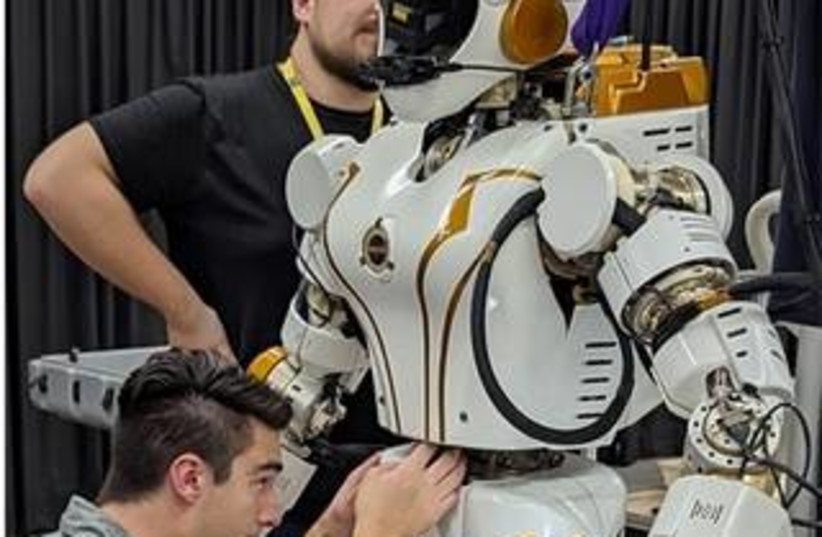NASA is beginning testing with humanoid robots in Australia, NASA stated last week.
NASA plans to test the Valkyrie robot’s ability to perform remote mobile dexterous capabilities, with the hope that the robots will one day be able to takeover caretaking roles of uncrewed offshore energy facilities. If the testing is successful, these robots will take over roles that are generally considered hazardous for human workers.
The Valkyrie robot testing will occur in Perth, a ways away from NASA’s Space Center in Texas, thanks to the Space Act Agreement made with Woodside Energy. Woodside Energy will be testing the technology and be providing feedback to NASA.
Eventually, NASA hopes that the technology may be used for the Artemis missions and other objectives.
The Valkyrie robot’s potential
NASA claims that the use of these humanoid robots could advance lunar and Martian exploration as data-gathering will not require human presence.

Additionally, the robots could help inspect and maintain infrastructure and leverage materials and plants on space missions. This will, potentially, increase astronauts’ ability to live off the land and reduce the amount of pre-packed resources needed during lift-off.
“We are pleased to be starting the next phase of development and testing of advanced robotic systems that have the potential to positively impact life on Earth by allowing safer operations in hazardous environments,” said Shaun Azimi, lead of the dexterous robotics team at NASA Johnson. “These demonstrations will evaluate the current potential of advanced robots to extend the reach of humans and help humanity explore and work safely anywhere.”
